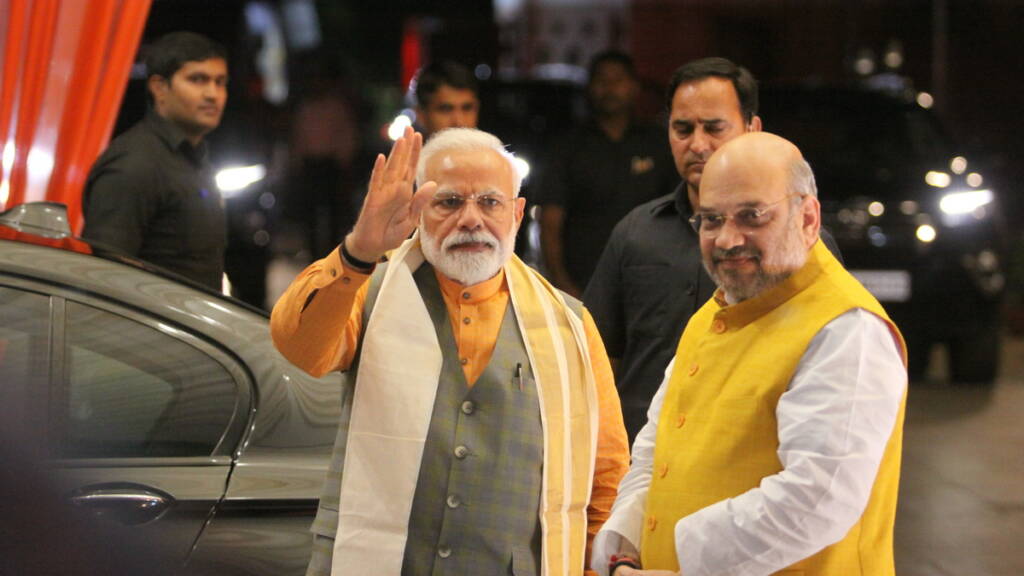One of the key elements for the success of any political party is its effective political communication. Every party builds its own ecosystem and places its people to important public positions in the intellectual sphere- media, academia, and arts- to ensure that its ideology reaches far and wide, and information about its policies reaches to masses without any distortion or biases. However, BJP, the largest political party in the world, has successively failed to sell its policies to people, thanks to poor communication. The masses across the country trust the party and Prime Minister Modi for their honesty and corruption-free image and also believe that the government of the day will not compromise as far as national interest is concerned.
But, when it comes to communication about the policies of the government, communication is far from satisfactory. One can blame it to incompetent bureaucrats in the government, but the fact of the matter is that those bureaucrats are chosen by the Modi government. Moreover, at a time when professionals from every field are being hired by the Modi government through lateral entry, why not hire professional communicators, too.
The BJP government failed to communicate its policies to the masses, be it Goods and Services Tax (GST), Citizenship Amendment Act (CAA), Privatization of PSUs, or the latest – farm bills. The intended message of these path-breaking reforms in the policy and politics of the country is not reaching to the masses, and this is leading to protests.
Not only the Modi government, but the BJP government in states is also very inefficient when it comes to communication. The Yogi government’s flawed communication strategy was on display in Hathras case. Similarly, the party lost in Jharkhand despite implementing many pro-people policies in the state because the then CM, Raghubar Das, was not even visible in the media. The same goes with Manohar Lal Khattar who came to power with a reduced number of seats.
Congress, despite all its flaws, is better than the Modi government when it comes to political communication. It created a plethora of good for nothing “pet intellectuals” whose only job is to build a narrative for the party and the government (whenever it is in power, wherever it is in power) in the mainstream media. Despite being out of power for the last 6 years and less than 10 per cent of seats in the parliament, several people in mainstream media still root for the party.
Sonia Gandhi, the matriarch of the party, was infamously turning the anti-government journalists into pro-government after a visit to 10 Janpath. Tavleen Singh, the veteran journalist, wrote elaborately about this in her book, India’s broken trust. “She (Sonia Gandhi) had a guest list, and those senior editors and famous TV anchors who were regularly invited to 10 Janpath for tea and chitchat usually ended up silenced and seduced,” wrote Tavleen Singh.
The Modi government obviously doesn’t to create the same culture of offering pleasantries to bring journalists on its side, but it needs professional communicators on the behalf of the government. The bureaucrats do a substandard job as far as political communication is concerned, and the Modi government must get rid of them to ensure that a false narrative is not set against its pro-people policies.
